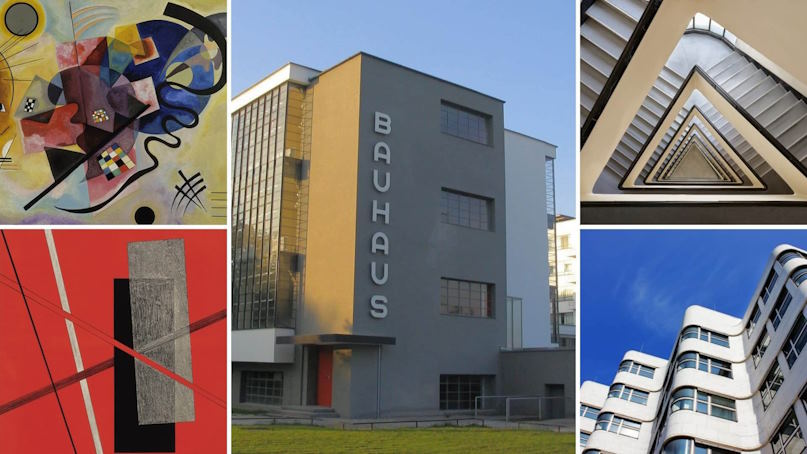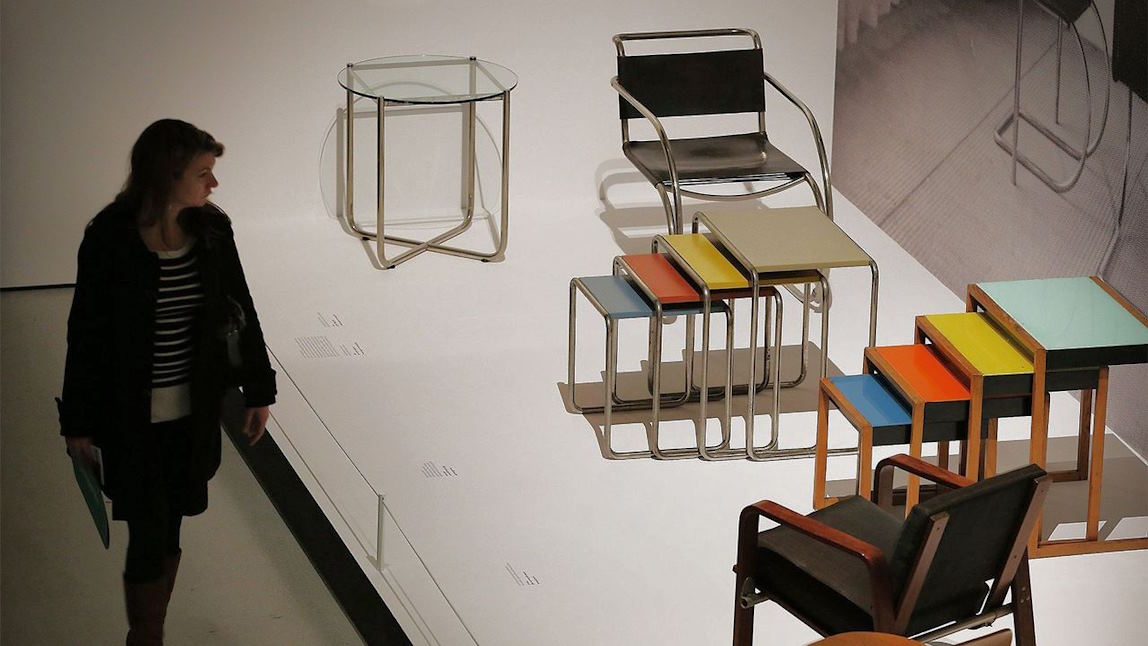
The Influence of Bauhaus on Modern Design
The transformative impact of Bauhaus on modern design echoes through the halls of history, resonating with its innovative spirit and revolutionary approach. Emerging in the aftermath of World War I, Bauhaus embodied a bold departure from traditional artistic conventions, heralding a new era of functionalism, simplicity, and collaboration. From architecture to furniture, graphic design to industrial products, the principles espoused by this iconic art school continue to shape the way we perceive and interact with the world around us, imbuing our surroundings with a timeless aesthetic that transcends borders and generations.
Influence on Architecture
Functionalism in Architecture
Bauhaus pioneered functionalism in architecture, prioritizing utility and efficiency without sacrificing aesthetics. Buildings like the Bauhaus Dessau exemplify clean lines, geometric forms, and open spaces.
International Style
The international style, characterized by simplicity and minimalism, owes much to Bauhaus. Architects like Le Corbusier and Walter Gropius disseminated Bauhaus principles worldwide, shaping skylines from New York to Tokyo.
Legacy in Contemporary Architecture
Contemporary architects continue to draw inspiration from Bauhaus, integrating its principles into sustainable, innovative designs. The iconic Bauhaus building in Dessau serves as a UNESCO World Heritage site and a testament to its enduring influence.

Impact on Interior Design
Form Follows Function
Bauhaus revolutionized interior design with its mantra “Form Follows Function,” prioritizing practicality and simplicity. Furniture like Marcel Breuer’s Wassily Chair embodies this ethos, blending tubular steel with leather for both form and function.
Minimalist Aesthetics
Minimalist aesthetics permeate Bauhaus-inspired interiors, characterized by clean lines, neutral colors, and open spaces. The emphasis on essential elements creates an environment of clarity and tranquility.
Ergonomic Innovations
Bauhaus introduced ergonomic innovations into furniture design, prioritizing comfort and efficiency. Pieces like the Barcelona Chair by Mies van der Rohe combine style with ergonomic support, setting new standards for modern living.
Influence on Graphic Design
Bauhaus Typography
Bauhaus typography revolutionized graphic design, emphasizing clarity and legibility. Sans-serif typefaces like Futura became emblematic of modernity, influencing advertising, signage, and print media.
Grid Systems
Grid systems, a hallmark of Bauhaus graphic design, provide structure and organization to visual compositions. Designers utilize grids to create harmonious layouts that guide the viewer’s eye and communicate information effectively.
Experimental Photography
Experimental photography flourished at Bauhaus, with artists like László Moholy-Nagy pushing the boundaries of the medium. Photograms and photomontages became tools for artistic expression, challenging conventional notions of representation.

Influence on Industrial Design
Streamlined Aesthetics
Bauhaus inspired streamlined aesthetics in Industrial Design, favoring sleek, aerodynamic forms. Products like the Braun SK4 Radio by Dieter Rams epitomize this ethos, marrying form and function in elegant simplicity.
Mass Production
Mass production techniques embraced by Bauhaus democratized design, making quality goods accessible to the masses. Everyday objects became imbued with artistic merit, blurring the line between art and utility.
Sustainable Design
Bauhaus championed sustainable design principles long before it became a mainstream concern. The emphasis on longevity, durability, and environmental consciousness laid the groundwork for contemporary eco-friendly practices.
The Influence of Bauhaus on Modern Design
The Influence of Bauhaus on modern design endures as a testament to its visionary ethos and enduring legacy. From architecture to graphic design, its principles continue to shape our built environment and visual culture, inspiring generations of creatives to innovate and reimagine the world around them.